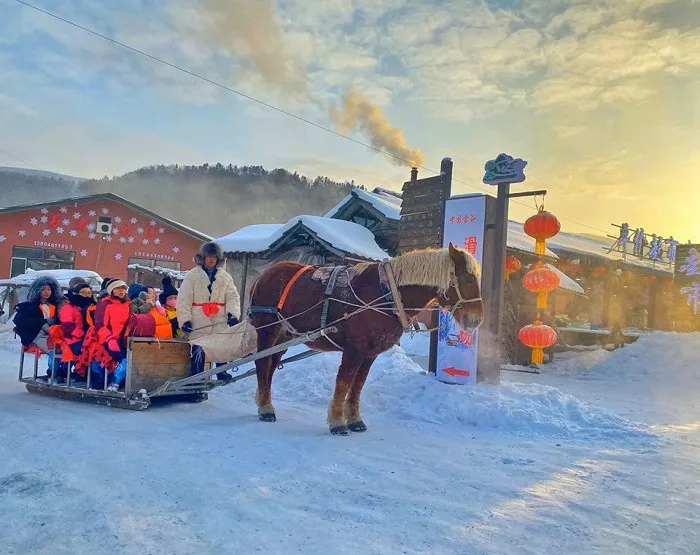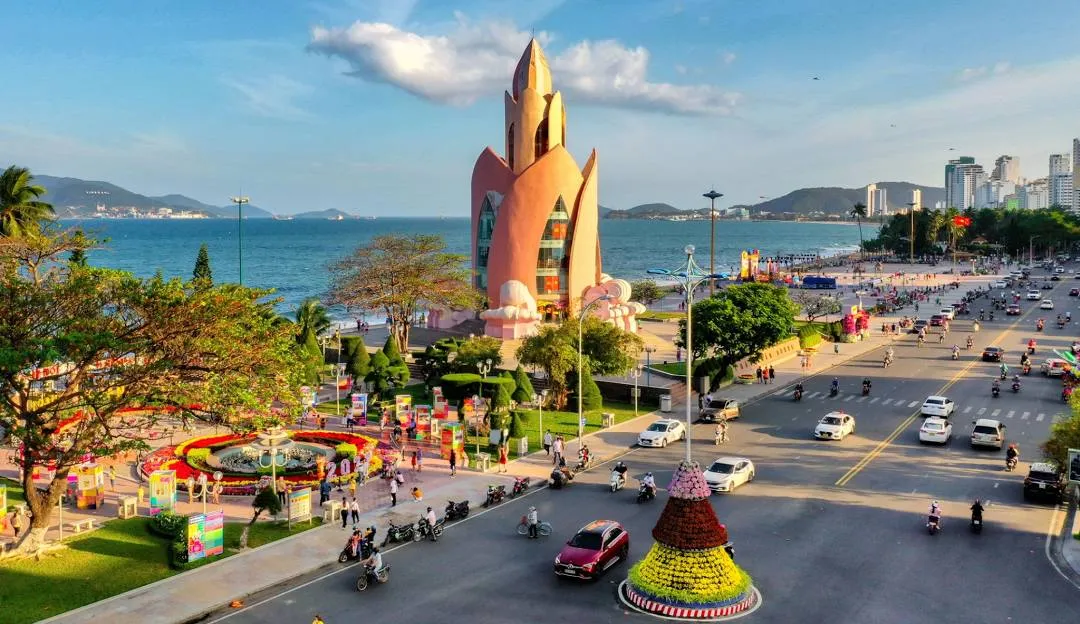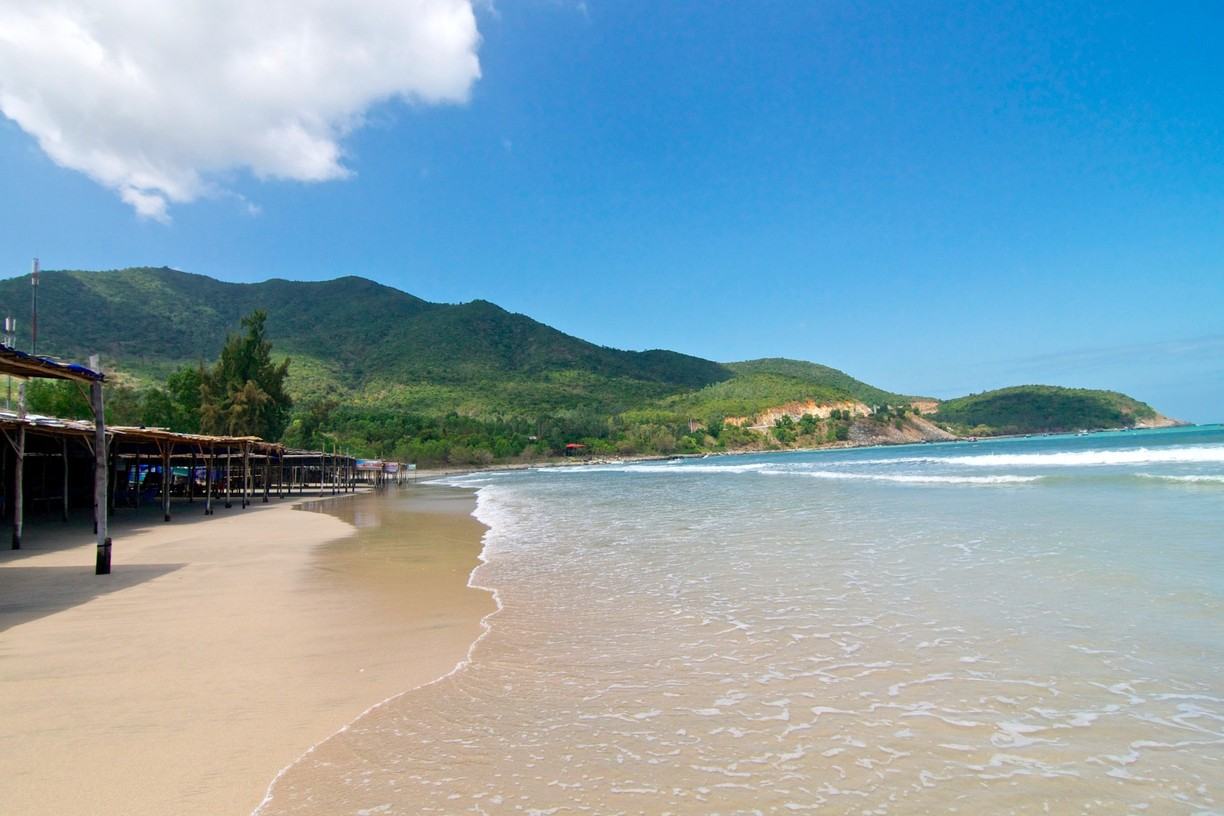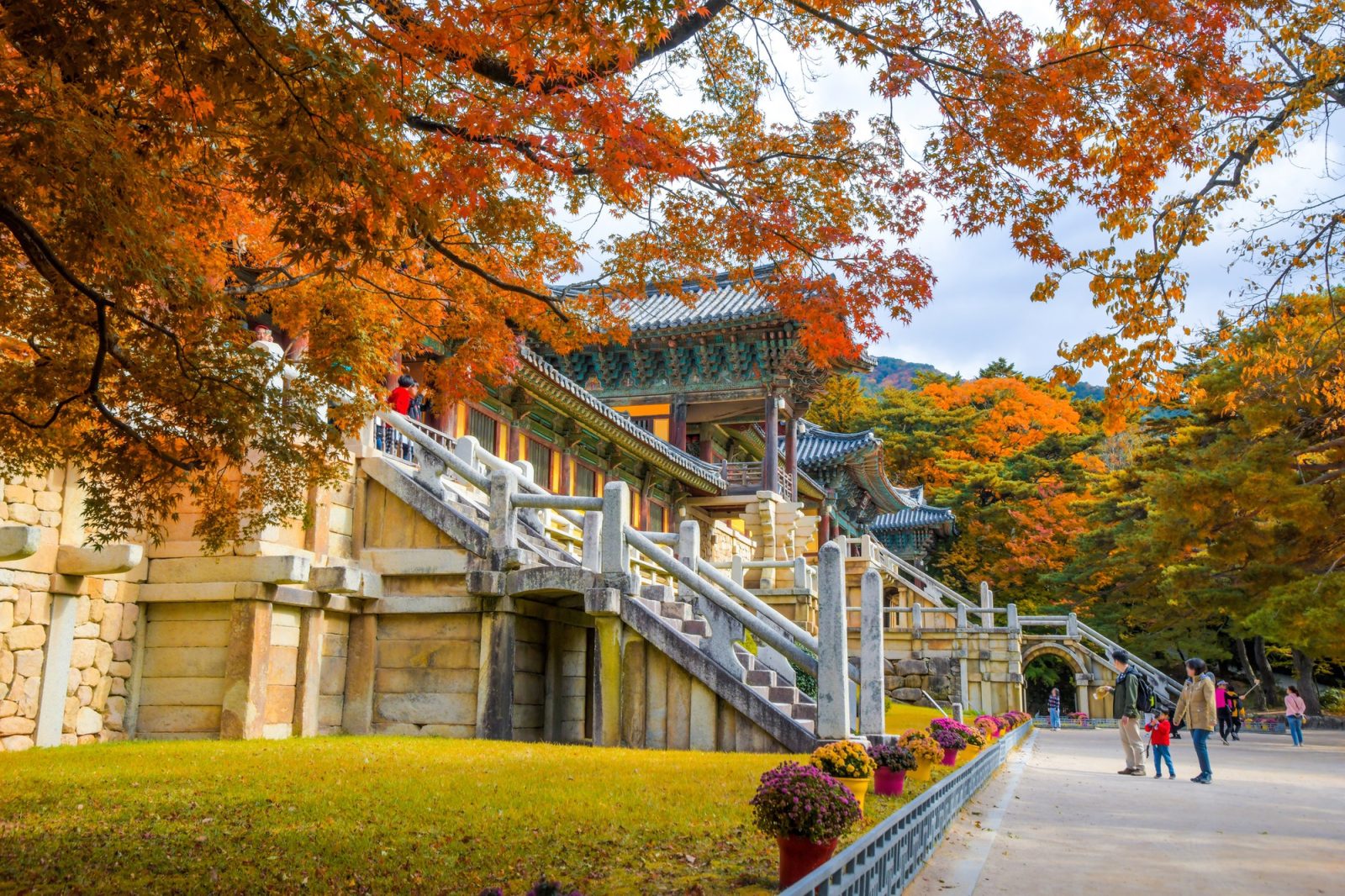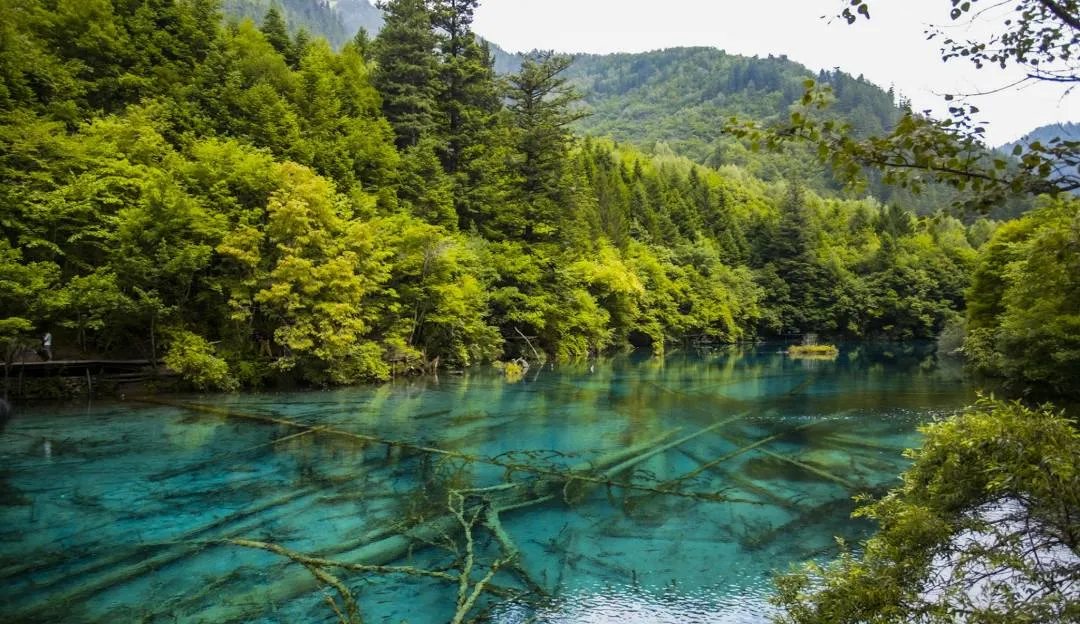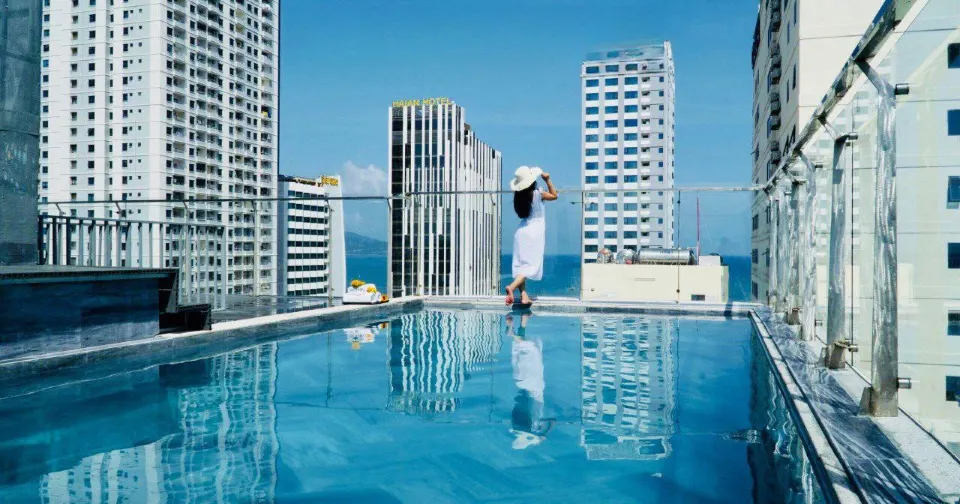Tin tức
How Water Temperature Affects Plumbing Systems and Their Performance
Temperature factors play a significant role in determining how well pipeline infrastructure operates and performs. Shifts in warmth can cause various challenges, making regular maintenance practices all the more necessary. Awareness of how these elements interact can help homeowners and professionals alike to better prepare for unexpected situations.
Understanding maintenance practices that take into account temperature variations can lead to improved longevity and functionality of the entire network. This article will investigate various water warmth effects that may contribute to wear and tear, helping readers recognize signs that require attention and proactive measures.
Variations in warmth can lead to changes in material properties, potentially causing damage or inefficiencies. Learning how these factors intersect with installation choices may aid individuals in fostering a healthier environment for their infrastructure.
Incorporating temperature considerations into routine assessments can streamline upkeep, ensuring systems run smoothly. This knowledge is pivotal for anyone looking to maintain or enhance their plumbing installations effectively.
How Hot Water Affects Pipe Longevity and Integrity
Elevated temperatures can significantly influence pipe durability and performance optimization. Excessive heat may lead to increased pipe stress, causing premature wear and potential failures. Homeowners should be mindful of heater settings, keeping them within the recommended ranges to mitigate risks associated with high temperatures.
Regular maintenance practices are crucial for ensuring long-lasting pipe health. Routine inspections can identify signs of stress and wear, allowing for timely interventions before serious issues arise. Implementing energy efficiency measures not only helps save costs but also extends the life of plumbing systems. For more professional tips on maintaining your setup, check out https://bensplumbingandrooter.com/.
Moreover, safety considerations should not be overlooked. Hot water can lead to dangerous situations if leaks occur or if pipes fail under pressure. Awareness of these factors plays a critical role in preventing accidents and ensuring a safe living environment. Adopting best practices in water heating and pipe management leads to enhanced safety and reliability for homeowners.
In conclusion, being proactive in monitoring temperature and maintaining pipes can greatly improve their lifespan and integrity. Staying informed and following reliable strategies will help mitigate risks associated with hot water systems.
The Role of Cold Water Temperatures in Preventing Pipe Freezing
Maintaining appropriate cool fluid conditions plays a pivotal role in safeguarding against pipe freezing. When temperatures drop, particularly in outdoor sections, pipes can succumb to frost, leading to costly damage and inconvenient outages. Professional tips suggest keeping exposed pipes insulated to minimize the risks associated with chill factors. Proper monitoring of fluid warmth not only protects infrastructure but also ensures smooth water flow.
Incorporating regular maintenance practices can be instrumental in avoiding potential pipe stress that arises from lower temperatures. Periodic checks and effective insulation installations can significantly enhance system durability. Additionally, understanding cold fluid effects on material integrity can aid in optimizing performance, facilitating energy efficiency, and promoting long-term reliability in residential or commercial setups.
Implementing safety measures is crucial during colder months to prevent accidents that may arise from frigid conditions. Homeowners and businesses alike should prepare for potential freeze scenarios by utilizing heat tape or other warming solutions for vulnerable areas. Vigilant observation of temperature fluctuations can also prevent unexpected problems.
Cold fluid management not only preserves system integrity but also contributes to optimal energy use. Balancing temperature settings can alleviate undue stress on pipe networks, extending their lifespan while ensuring reliable operation. Routine evaluations allow for proactive adjustments, mitigating the adverse effects of extreme cold and enhancing overall resilience.
Best Practices for Adjusting Water Temperature in Home Plumbing
Optimizing heater settings is a fundamental practice for enhancing overall system performance. Proper adjustments can minimize energy consumption while ensuring adequate heating for various household needs. Understanding the relationship between temperature levels and individual requirements allows homeowners to maintain comfort without excessive energy use. For more comprehensive strategies, you can visit this resource.
Implementing efficient maintenance practices can help identify potential issues related to temperature fluctuations. Regular inspections of components such as heaters and pipes contribute to longevity and reliability. Monitoring pressure and identifying stress points during temperature changes will prevent costly repairs in the future.
- Set heater settings to match seasonal variations, ensuring efficient heat delivery.
- Install mixing valves to provide consistent flow temperatures, reducing water waste.
- Employ insulation techniques on exposed pipes to protect against extreme conditions.
- Schedule routine checks for leaks and wear to enhance safety considerations.
Adjusting levels with careful thought minimizes energy consumption and stress on pipes, contributing to long-term durability. Attention to details creates a safer and more efficient household environment.

